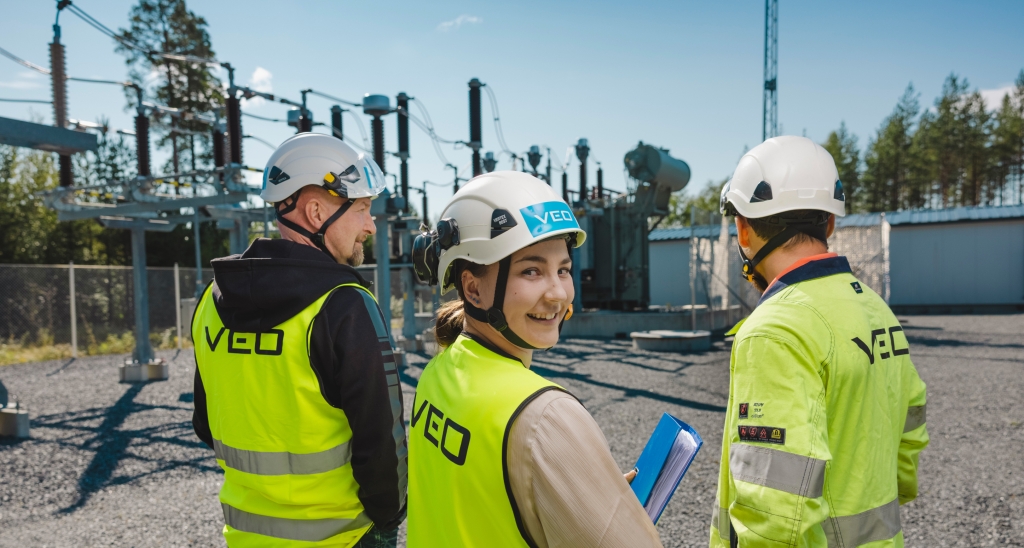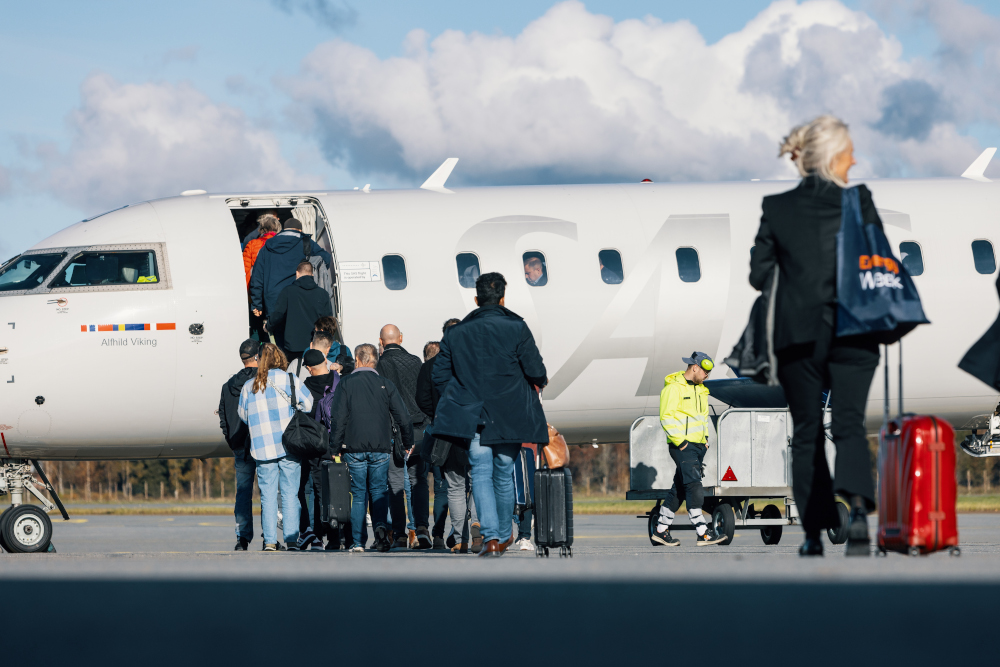Vaasa region is one of Finlands most multilingual and international regions. During the 21st century the share of the international population has been increasing fast. We speak almost a hundred different languages, and the population includes 120 different nationalities (statistics from the city of Vaasa, which includes groups of under 10 people). In addition to statistics, internationality is also reflected in workplaces, schools, kindergartens, hobbies and, of course, in the street scene.
In the section about Municipal regional information and service areas you can also find maps with information about the demography and population size.





